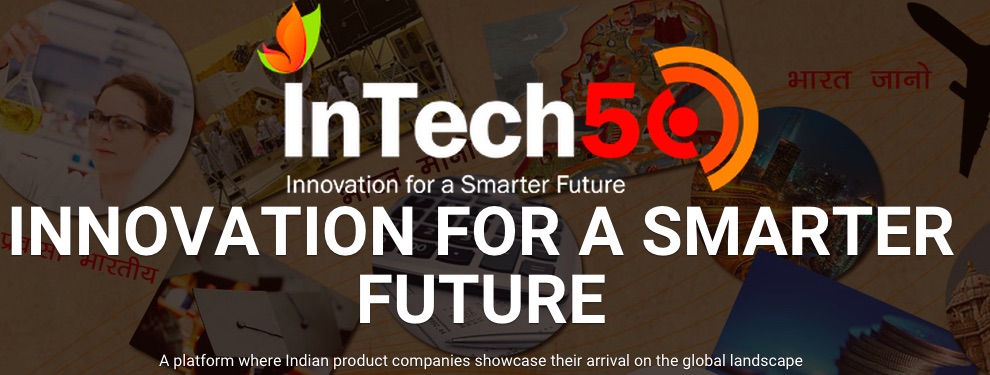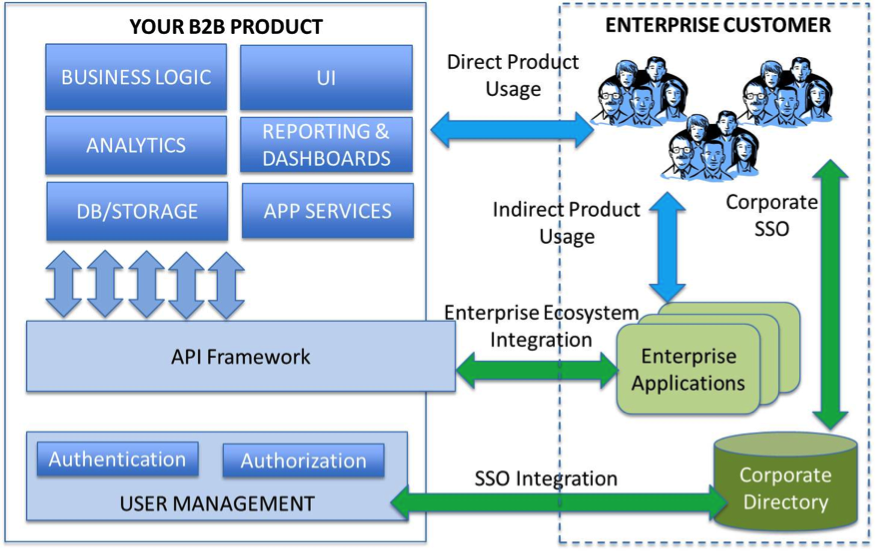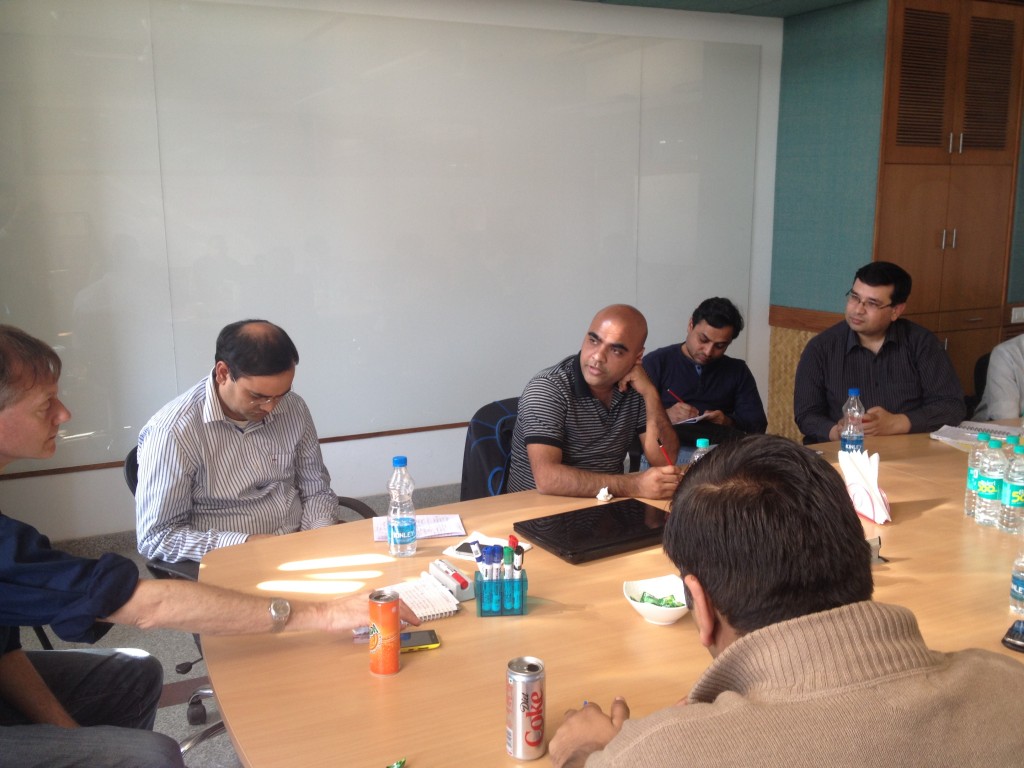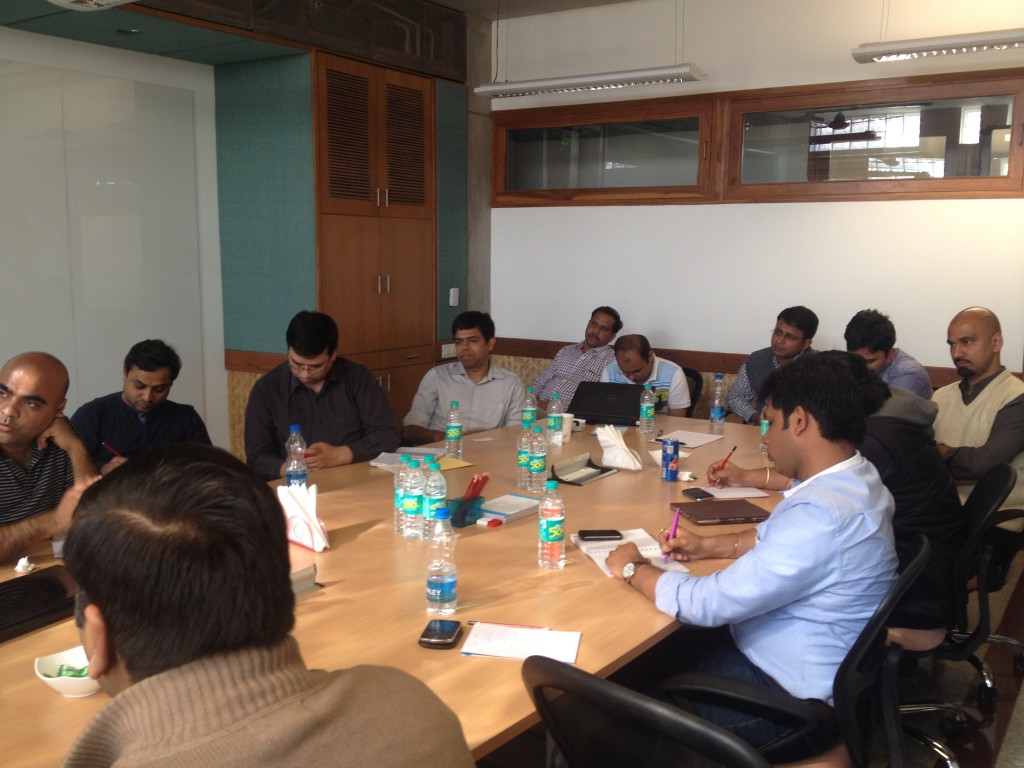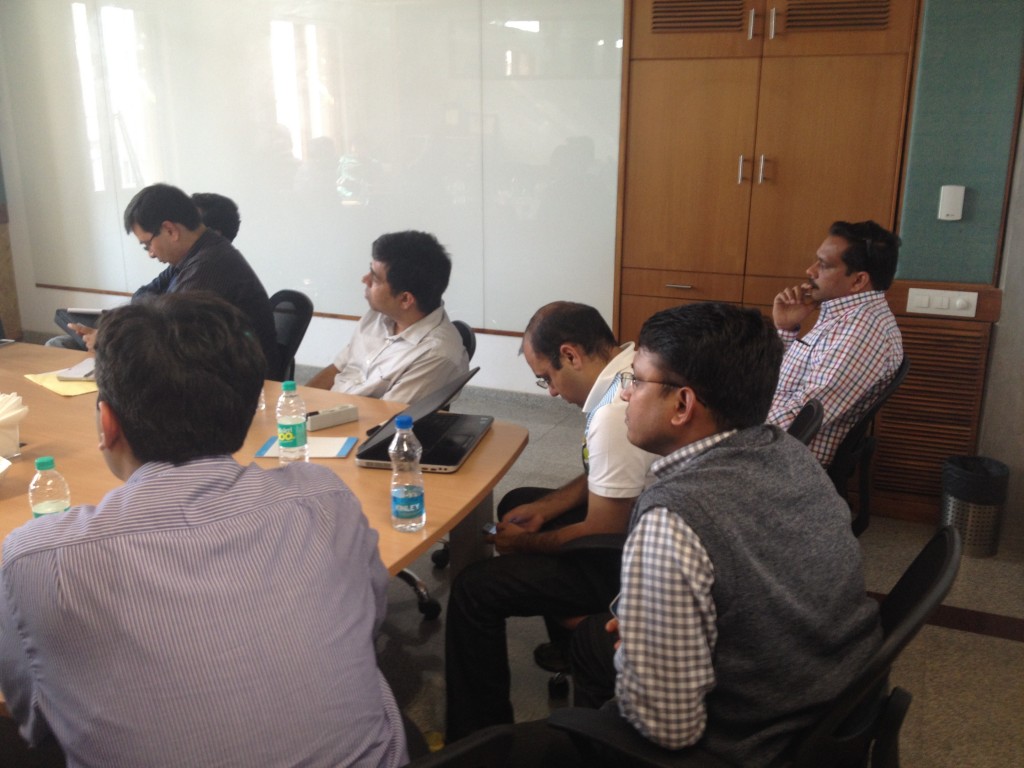Valuefy was started in 2010 to empower fund houses to make informed decisions better and faster. Vivek Singal, a B.Tech from IIT Bombay and Sharad Singh, an MBA from IIM Ahmedabad worked together at Fractal Analytics, an analytics firm, before starting Valuefy.
On choosing to build a product like this, Vivek shares, “When we chose our niche, which was a B2B product for such a specific market, at the time when eCommerce was growing, it took a lot of faith. It was a slow journey, but definitely a profitable journey. Our clients have been very sticky and we are collectively helping manage over 100 billion dollars worth of funds at this point.“
Here are some excerpts from a conversation with Vivek:
Where did the story of Valuefy start?
VS: “Whole science around the portfolio management is a very niche play. Valuefy has been serving Indian players so far. To give you an idea, we are servicing 2 of the top 3 fund houses of the country. We have cemented our place in an Indian market.
We picked up analytics as a domain since number crunching was our forte, coming from our experience with Fractal Analytics. We were intrigued to find the frameworks and algorithms that helped the fund houses make decisions. We wanted to understand if there was any tool that they were using to decompose their performance, analyse returns, and understand what are the drivers.
There are some large global organizations that were working in this area, but they didn’t seem to respond to the change in technology to create more sophisticated agile tools. So they were placed as a middle office tool, but not a decision-making tool.“
What were your major road blocks in your journey, and how did you overcome them?
VS: “First off, it is very difficult to do a product strategy in this kind of a market. Our clients are very comfortable with excel as a tool where they can manage their reports on an ad-hoc basis, even though it can only give 10% of the information. Our study says that 60% of a fund manager’s time goes in understanding and processing the data which leaves them with very little time to analyse the performance and the portfolio. The problem is that they are so used to it, that it is very difficult to break this pattern and bring the adoption of technology amongst the fund managers.
Second, when we started, the markets were not favouring our product. We realized that the bigger clients were more open to it. Also, we think the international customers would have been more open to the product but the markets were slow.”
What goes into marketing such a niche product?
VS: “
- We have created a global advisory board. It includes people who have experience in the domain, people from our competition, also, people from the academia who are helping us with it.
- We have formed some key partnerships with global conglomerates. It helps as a marketing platform as well as a distribution channel.
- We started as a hosted product, but we have grown it into a SaaS based model, which has made it simple for us to integrate with the global companies and this will help sustain our global expansion.”
What is your advice to people who want to startup?
VS:”
- Identify the market correctly. We served the Indian market for a very long time. While our market was global, we spent a lot of time on Indian markets first. So you will need to take the decision and define your market.
- Get the connect to the market. While you may be good at creating something, but a venture needs both a good product and good marketing and sales. So plan accordingly.
- Keep faith in your journey until you decide that you have given a fair chance to it.
People become a pendulum between deciding whether revenue generation is more important or increasing the valuation is more important. While valuations are sexier, I think if you want a sustainable growth and a strong business model, revenue generation helps create that solid foundation.”
Valuefy has definitely established that B2B businesses focussing on revenue generation and profitability can create a sustain an enviable growth. We wish Vivek and his team all the luck in their journey.



 Here is an excerpt from Varun’s interview with iSPIRT:
Here is an excerpt from Varun’s interview with iSPIRT: